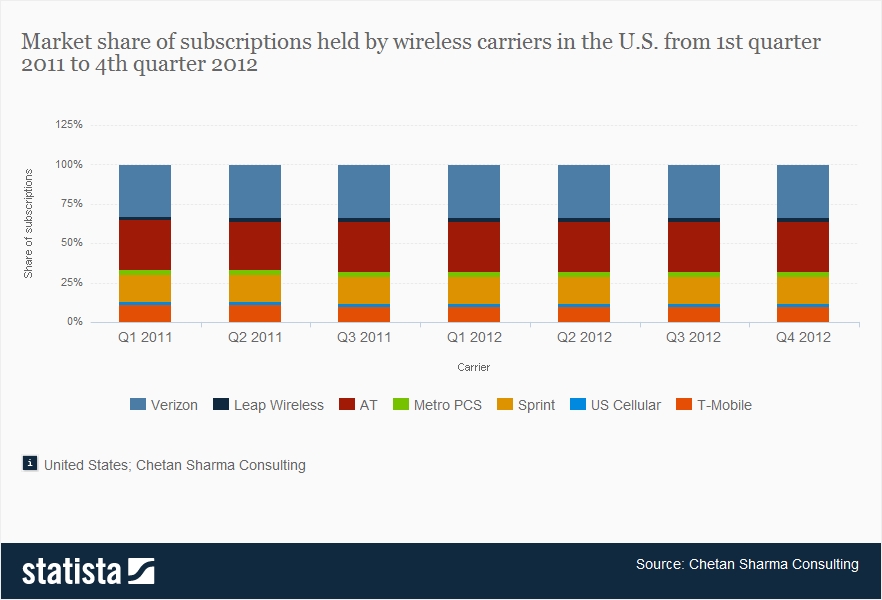From about page:
OpenOwnership is driven by a steering group composed of leading transparency NGOs, including Global Witness, Open Contracting Partnership, Web Foundation, Transparency International, the ONE Campaign, and the B Team, as well as OpenCorporates.
OpenOwnership’s central goal is to build an open Global Beneficial Ownership Register, which will serve as an authoritative source of data about who owns companies, for the benefit of all. This data will be global and linked across jurisdictions, industries, and linkable to other datasets too.
Alongside the register, OpenOwnership is developing a universal and open data standard for beneficial ownership, providing a solid conceptual and practical foundation for collecting and publishing beneficial ownership data.
…
I first visited the Open Ownership Project site following two (of four) posts on verifying beneficial ownership.
What we really mean when we talk about verification (Part 1 of 4) by Zosia Sztykowski and Chris Taggart.
From the post:
This is the first of a series of blog posts in which we will discuss the critical but tricky issue of verification, particularly with respect to beneficial ownership.
‘Verification’ is frequently said to be a critical step in generating high-quality beneficial ownership information. What’s less clear is what is actually meant by verification, and what are the key factors in the process. In fact, verification is not one step, but three:
Ensuring that the person making a statement about beneficial ownership is who they say they are, and that they have the right to make the claim (authentication and authorization);
Ensuring that the data submitted is a legitimate possible value (validation);
Verifying that the statement made is actually true (which we will call truth verification).
Another critical factor is whether these processes are done on individual filings, typically hand-written pieces of paper, or their PDF equivalents, or whole datasets of beneficial ownership data. While verification processes are possible on individual filings, this series will show that that public, digital, structured beneficial ownership data adds an additional layer of verification not possible with traditional filings.
Understanding precisely how verification takes place in the lifecycle of a beneficial ownership datum is an important step in knowing what beneficial ownership data can tell us about the world. Each of the stages above will be covered in more detail in this series, but let’s linger on the final one for a moment.
…
What we really mean when we talk about verification: Authentication & authorization (Part 2 of 4)
In the first post in this series on the principles of verification, particularly relating to beneficial ownership, we explained why there is no guarantee that any piece of beneficial ownership data is the absolute truth.
The data collected is still valuable, however, providing it is made available publicly as open data, as it exposes lies and half-truths to public scrutiny, raising red flags that indicate potential criminal or unethical activity.
We discussed a three-step process of verification:
Ensuring that the person making a statement about beneficial ownership is who they say they are (authentication), and that they have the right to make the claim (authorization);
Ensuring that the data submitted is a legitimate possible value (validation);
Verifying that the statement made is actually true (which we will call truth verification).
In this blog post, we will discuss the first of these, focusing on how to tell who is actually making the claims, and whether they are authorized to do so.
When authentication and authorization have been done, you can approach the information with more confidence. Without them, you may have little better than anonymous statements. Critically, with them, you can also increase the risks for those who wish to hide their true identities and the nature of their control of companies.
…
Parts 3 and 4 are forthcoming (as of 9 November 2017).
A beta version of the Beneficial Ownership Data Standard (BODS) was released last April (2017). A general overview appeared in June, 2017: Introducing the Beneficial Ownership Data Standard.
Identity issues are rife in ownership data so when planning your volunteer activity for 2018, keep the Open Ownership project in mind.




